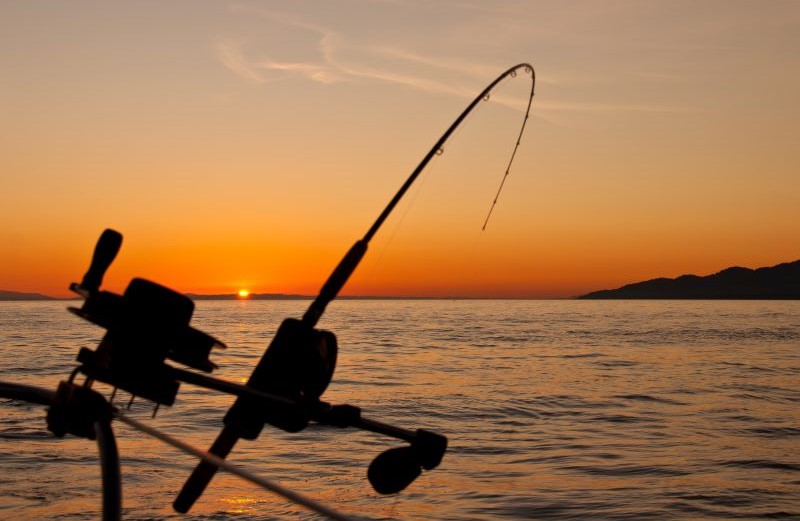Big fish is bigger industry than ever before; global fish consumption per capita more than doubled between 1961 and 2015 according to FAO figures. With this huge growth comes concerns for ensuring that the fish we eat is ethically produced and not harming the world around us. In seeking sustainable seafood, one may find themselves confronted with dozens of questions and few clear answers. These questions may include:
- Which has a greater impact on the environment, farmed or wild-caught fish?
- Is the fish farm polluting the local area or introducing invasive species?
- Is the species overfished or the regional source depleted?
- Is the fishing method causing wider ecological impacts, such as the accidental capture of dolphins and turtles or destruction of sea-beds?
Now there’s another question for ethical seafood lovers to ask themselves:
- Is my choice contributing to modern-day slavery?
Today’s consumers are generally aware of environmental issues within the seafood industry, brought to light through schemes such as Dolphin-Safe labelling, campaigns including Hugh Fearnley-Whittingstall’s ‘Fish Fight’ launched in 2010, and media reports on stock crises such as the North Sea cod collapse of the mid-2000s.
However, growing media attention is now being paid to the previously hidden social impacts of the seafood industry, which employed an estimated 56.6 million people globally in 2014. These claims span all oceans and affect numerous products, from cat-food to sashimi. Investigations over the last few years have found exploitation of migrant fishermen on Irish boats, human trafficking within the Thai shrimp supply-chain, and Southeast Asian fishermen living in squalor on-board boats in Hawaii. Exploitation hotspots have been revealed within the supply chains of wild tuna and farmed shrimp, with a focus on Southeast Asia and international fishing fleets; Asia represented 75% of the world’s fishing fleet in 2014. According to research by the Global Slavery Index, between 2011 and 2016 ‘76 percent of migrant workers in the Thai fishing industry had been held in debt bondage and almost 38 percent had been trafficked into the Thai fishing industry in that time-frame’. The focus of this post is the tuna industry due to the huge media interest surrounding it.
We cannot ignore that sea fishing is demanding and dangerous work. The United States’ 2016 ‘Census of Occupational Industries’ as reported by Time listed ‘Fishers and related fishing workers’ as the second most dangerous profession in the States, with 86 fatal injuries per 100,000 people. Whilst global figures are not available, risks may be higher still outside of the US and onto the high seas where boats operate beyond scrutiny. Beyond the inherent risks in fishing are the human risks of abuse and exploitation, which mar the industry with another black mark.
Click here to view the full document.

